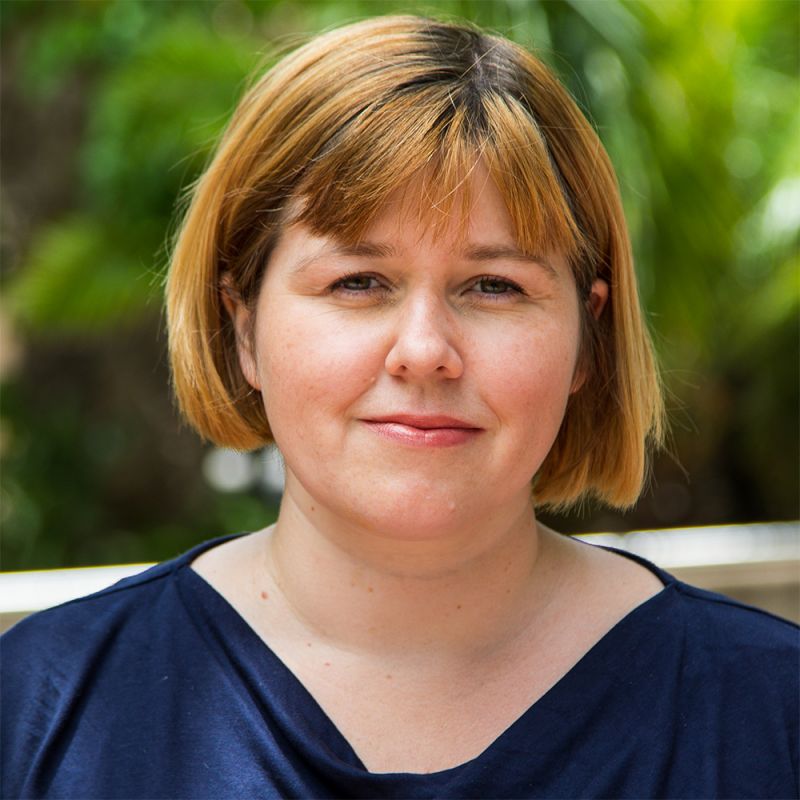Supervisors

- Position
- Senior Lecturer in Mechanical Engineering
- Division / Faculty
- Faculty of Engineering

- Position
- Principal Research Fellow
- Division / Faculty
- Faculty of Engineering
External supervisors
- Marc Russo, Hunter Pain
Overview
Neuropathic pain effects '1 in every 10 adults over the age of 30'. The treatments available for neuropathic pain can at best be described as having 'moderate efficacy'. Due to the nature of neuropathic pain, the ability to scientifically study and understand its fundamental causes has been limited to animal models and trials. There are over 27 animal models for neuropathic pain where pain has been induced by macroscopic and microscopic nerve lesions, chemotherapy, viral infections and diabetes mellitus.
Looking at clinical studies, the current research process is to propose a model, conduct animal tests and then evaluate whether the original model is consistent with results. This is difficult as it requires humans to evaluate pain in animals which cannot be directly measured. This process is not systematic in the way it comes up with models and has thus resulted in many models of limited effectiveness.
This project proses to take a systems architecture and systems engineering approach to neuropathic pain. Systems architecture and engineering is used to manage large complex engineering problems with thousands of components, relationships, constraints and details. This project will use this systematic, searchable, analysable modelling technique to examine neuropathic pain.
Research activities
The project will use Matlab Simulink and Systems Composer to map the following neuropathic pain models into one architecture.
Peripheral nerve injury models:
- axotomy model (complete sciatic nerve transection; neuroma model)
- chronic constriction injury
- partial sciatic nerve ligation (PSL/Seltzer model)
- spinal nerve ligation
- spared nerve ligation
- tibial and sural nerve transection
- sciatic cryoneurolysis
- caudal trunk resection
- sciatic inflammatory neuritis
- cuffing or sciatic nerve-induced pain
- photochemical induced sciatic nerve injury
- laser-induced sciatic nerve injury.
Central pain models:
- weight drop or contusive SCI (Allen’s model)
- excitotoxic spinal cord injury
- photochemical SCI
- spinal hemisection.
Outcomes
The model will incorporate anatomy, electro-processes (nerve conduction), and chemical processes. Once the models are incorporated into a single system architecture, it will be analysed. The analysis will:
- look at the limits of the models. This will help to identify what has been and has not been considered in the current models
- investigate whether there are common points in multiple models. This will identify potentially critical points for new models
- identify upstream and downstream points not previously considered in pain models that could be targets for new therapies
- use the model to develop more efficient pathways and new pathways to consider for neuropathic pain.
Skills and experience
A mechanical or medical engineer with strong systems thinking, who enjoys complexity and takes an engineering view to problem solving. Can commence at any time.
This project already has a fully-funded scholarship of $32,500 per year.
Scholarships
You may be eligible to apply for a research scholarship.
Explore our research scholarships
Keywords
Contact
Contact the supervisor for more information.